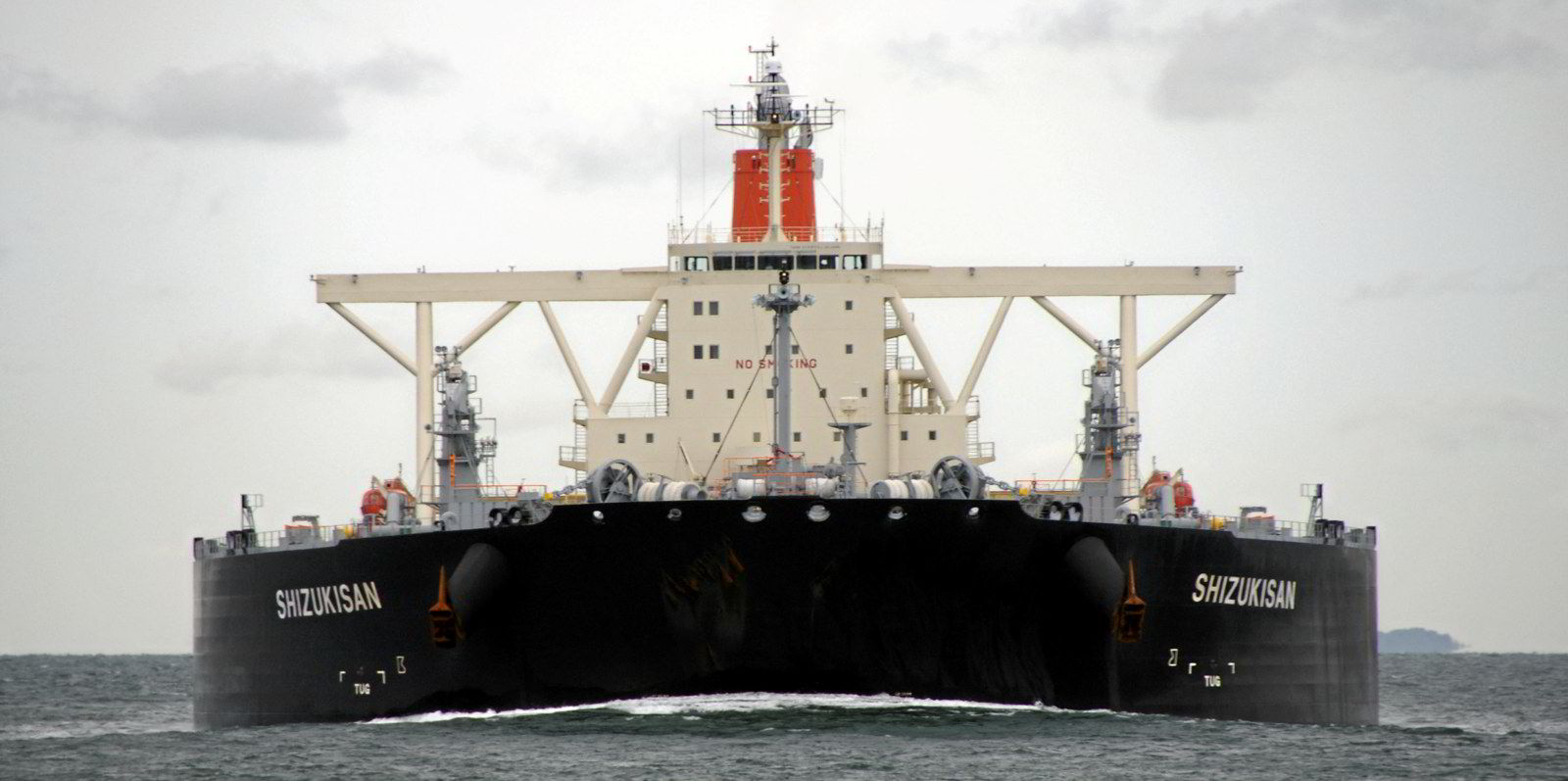Changing trade patterns brought on by geopolitics have helped drive one of the largest increases in annual tonne-mile trade growth in over a decade, new figures show.
Total tonne-miles in 2023 hit 62.3trn, a year-on-year growth of 3trn, or 5%, just behind 2017’s 5.2% but otherwise the fastest rate since 2011, according to Clarksons.
The broker said tonne-mile trade statistics, which take into account both the volume of trade moved and the distance involved, generally provide a “better indicator of vessel demand than trade in tonnes alone”.
The significant increase in 2023 has also provided a pronounced “distance kicker”, the difference between growth in trade in tonne-miles and in tonnes.
This was said to be most apparent across oil products, LPG and crude oil.
“In crude and products, trade shifts resulting from the impacts of the Russia-Ukraine conflict were clear, with Russian oil heading east — to India and China, for example — over longer distances and European imports pivoting away from Russian exports instead towards longer-haul suppliers,” Clarksons said.
“Products trade grew by 3.3% in tonnes, but 10.3% in tonne-miles, and crude trade by 3.0% and 6.9%, respectively.
“LPG trade also saw a major ‘kick’ with trade in tonnes of 6.4% far surpassed by exceptional tonne-mile growth of 12.6%, with long-haul US exports to Asia expanding rapidly by 18%,” Clarksons added.
Over one-third of the additional 3trn tonne-miles in 2023 came from crude oil and iron ore, according to Clarksons.
Crude saw 691bn tonne-miles added last year, while iron ore, boosted by firm Brazilian export growth, increased by 418bn.
Coal increased by 385bn aided by shifting Russian trade flows, while minor bulk saw 507bn tonne-miles added, helped by gains in long-haul bauxite trade from Guinea to China.
Clarksons said the average haul of global seaborne trade increased from 4,943 to 5,036 miles, the third largest annual increase this century and more than six times the average.
“Though major shifts in trade patterns are not often repeated, the growing complexity of seaborne trade including geopolitics is an increasingly important trend for shipping,” the broker said.
“Disruption in the Red Sea region is in particular affecting trade distances, as vessels are rerouted: we estimate a current 2.4% impact on total tonne-miles.
“Trade distance and tonne-miles are once again an important factor in 2024, in another example of shipping managing disruption,” Clarksons added.





